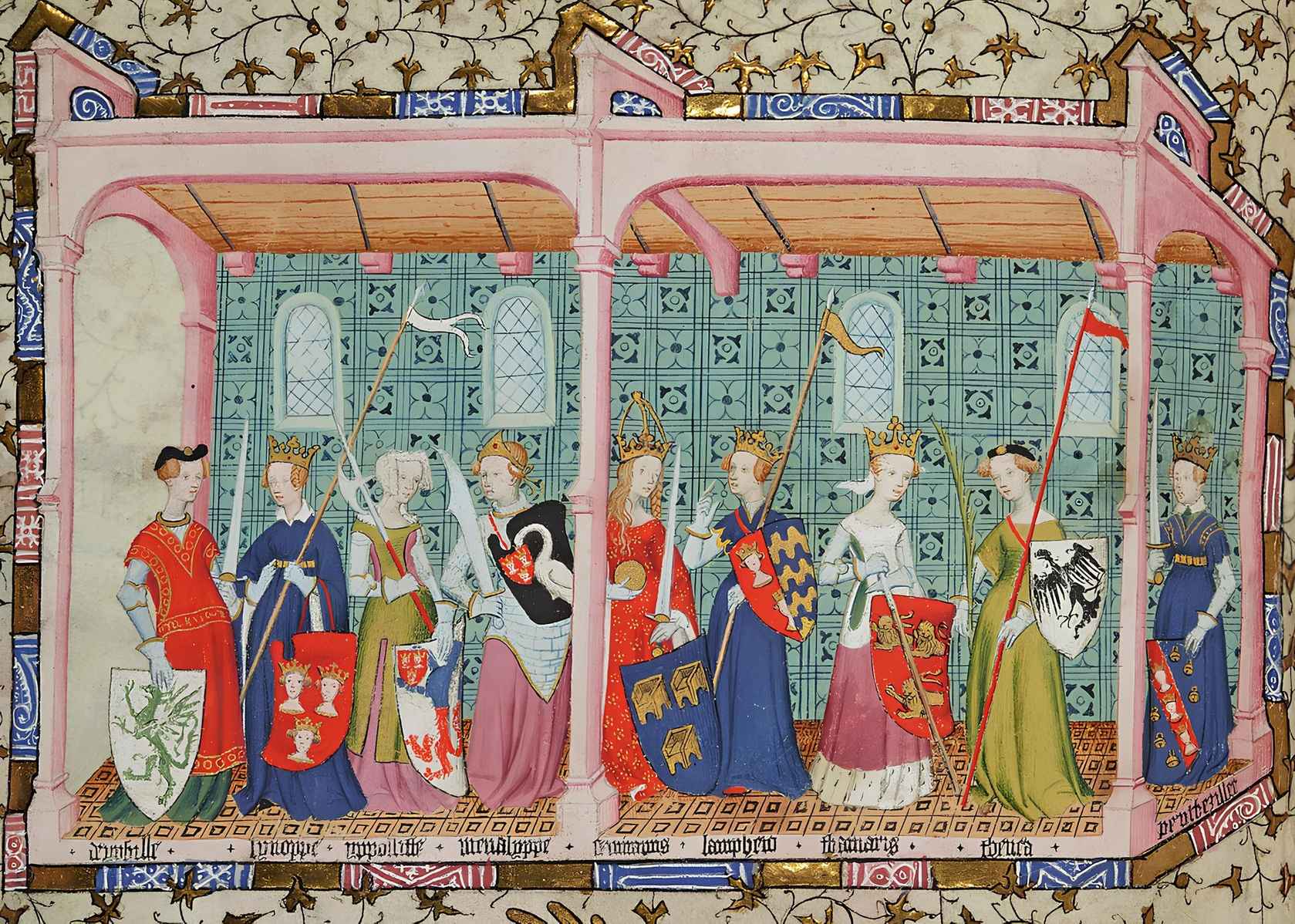Trade and Commerce in the Middle Ages
The conquest of Spain by Islam through the Maghreb in the 7th and 8th centuries led to a significant expansion of trade in the Mediterranean.

The conquest of Spain by Islam through the Maghreb in the 7th and 8th centuries led to a significant expansion of trade in the Mediterranean.

